1. The Wild Wolf Theory Has Holes
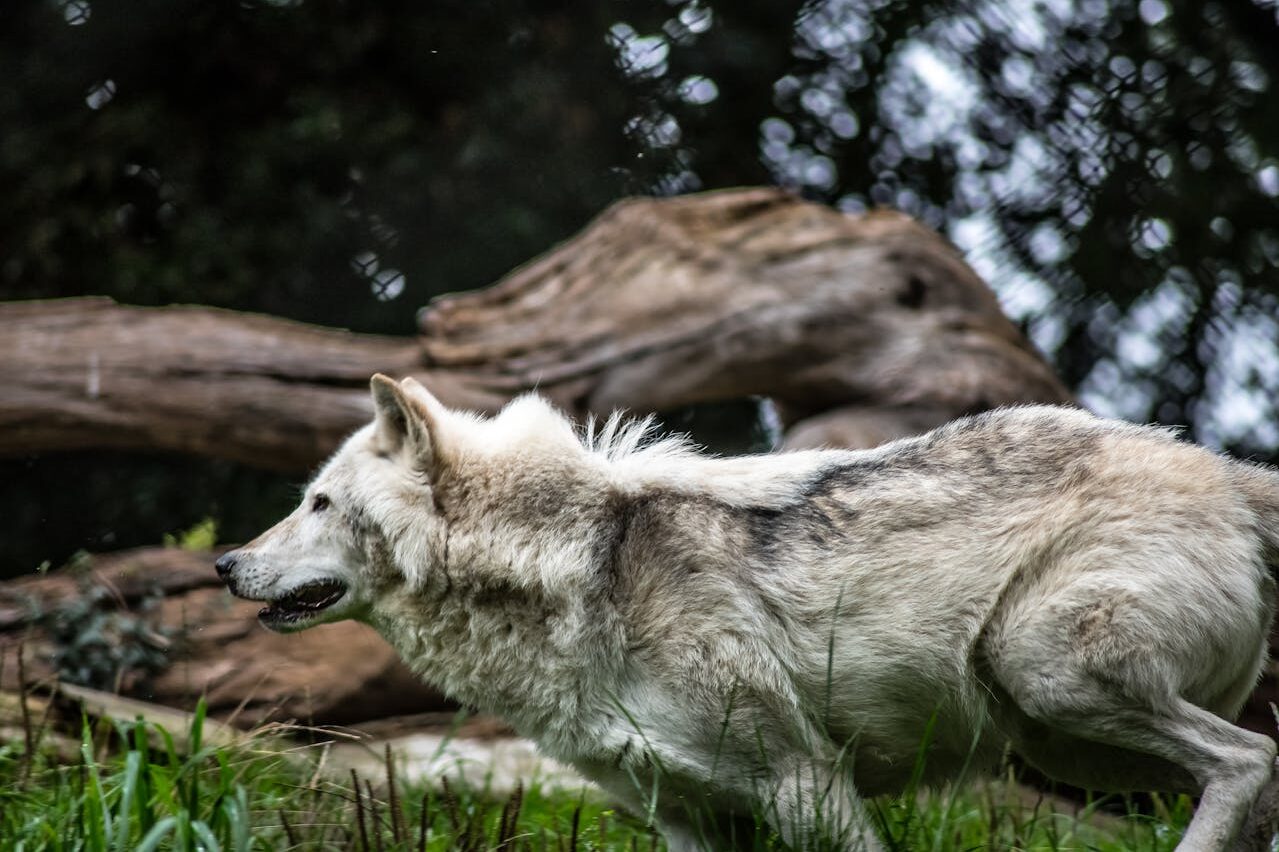
For decades, the prevailing theory was that early humans domesticated wolves to assist with hunting and protection, according to PBS. In return, these wolves received food scraps and shelter, and over generations, this mutualistic relationship led to the modern dog. It’s a nice, tidy story, but scientists now believe it’s only part of the truth.
Recent studies suggest wolves might not have been actively “tamed” by humans. Instead, it’s more likely that certain wolves evolved to be less fearful of humans, gradually adapting to our presence over thousands of years. These friendlier wolves may have scavenged near human camps, thriving on leftovers, and eventually forming an informal partnership. In other words, the first step toward domestication may have been initiated by wolves, not humans.
2. The “Dumpster Diver” Theory
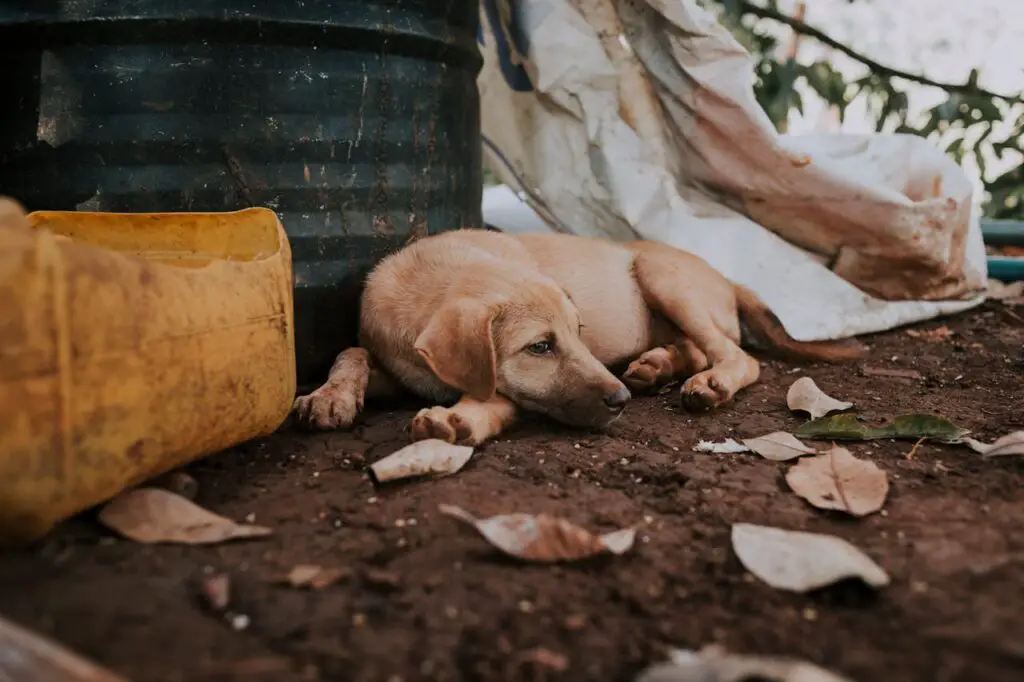
One intriguing hypothesis is that the bond between humans and dogs began not with hunting but with garbage. According to the report of BBC, thousands of years ago, as humans began settling in communities, they created waste—lots of it. Piles of discarded food and scraps attracted scavengers, including wolves.
The boldest and least aggressive wolves likely stuck around longer, as they posed no threat and didn’t scare humans away. Over time, these “dumpster diving” wolves became more comfortable around people, and humans may have found their presence useful for keeping other pests at bay. Essentially, our relationship with dogs could have started as a mutual agreement over trash!
3. It’s All About Puppy Eyes
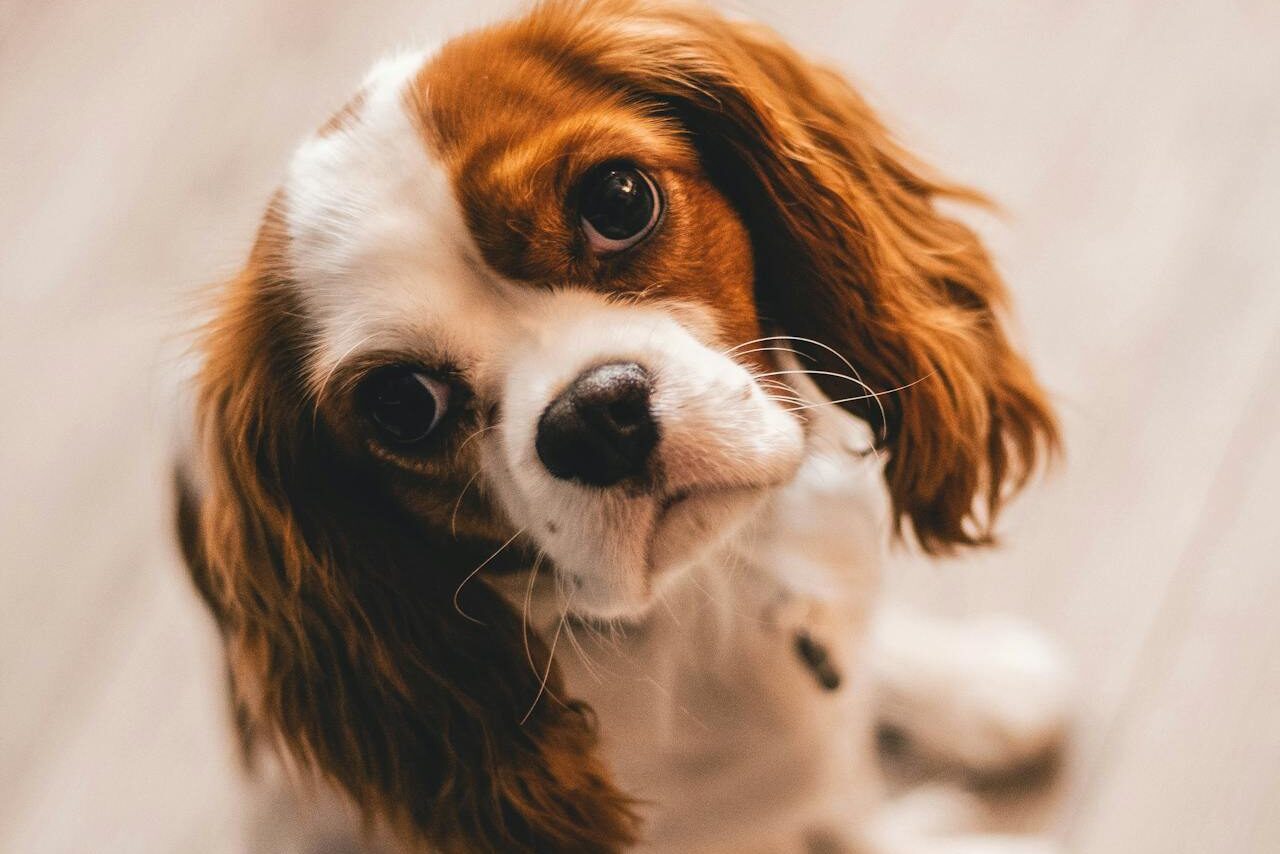
Ever notice how dogs have a way of melting your heart with just one look? That’s no accident. According to the University of Portsmouth, scientists have discovered that dogs have a unique ability to communicate with humans through facial expressions. They even evolved specific muscles around their eyes to create the “puppy dog eyes” that tug at our heartstrings.
This ability likely played a role in strengthening the bond between humans and dogs. Wolves don’t have these same facial muscles, meaning this trait developed after domestication. It’s as if dogs figured out that looking adorable was the ultimate survival strategy—and let’s be honest, it worked.
4. Dogs May Have Saved Us from Extinction
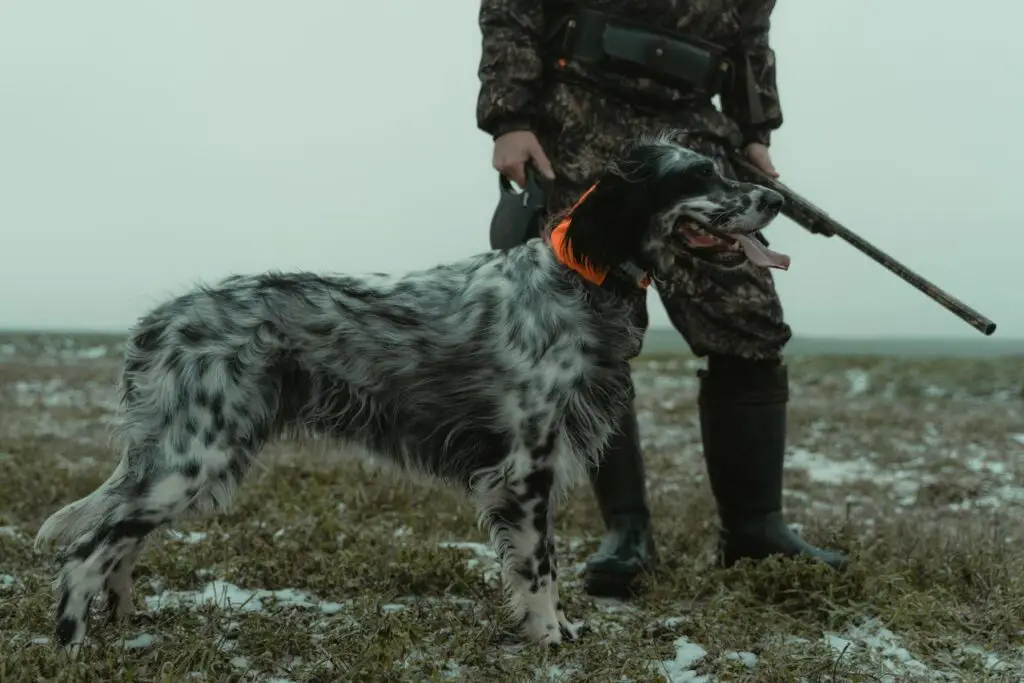
The relationship between humans and dogs goes beyond companionship—it might have been crucial to our survival. Early humans faced harsh environments, competing with other predators and scavengers for resources. Dogs, with their keen senses and loyalty, provided a significant advantage. According to a report from Phys.org, early humans utilized dogs for hunting and protection, which provided them with a significant advantage in harsh environments. As humans began to settle and practice agriculture, dogs became vital sentinels against predators and threats, helping to secure resources and enhance survival rates.
Dogs could help humans hunt, warn them of danger, and even provide warmth during cold nights. In turn, humans offered food and protection, creating a mutually beneficial relationship. Some researchers argue that this partnership gave humans a competitive edge over Neanderthals, possibly contributing to the Neanderthals’ extinction.
5. They’re Wired to Love Us
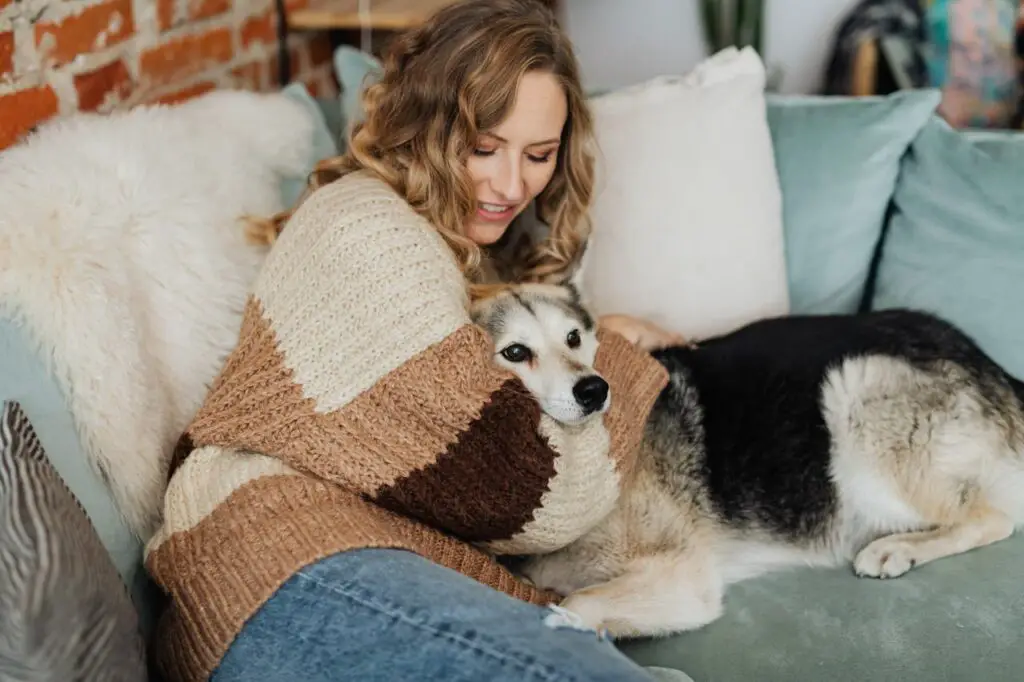
One of the most remarkable discoveries about dogs is how similar their emotional responses are to ours. According to Frontiers, when dogs and humans interact, both release oxytocin—the “love hormone.” This chemical is associated with bonding and affection, and it’s the same hormone that strengthens the bond between a parent and child.
This biological connection suggests that our relationship with dogs is deeply ingrained, not just learned behavior. Over thousands of years, dogs have become attuned to human emotions, able to sense our moods and respond accordingly. They’re not just man’s best friend—they’re emotionally wired to be our companions.
6. Dogs Domesticated Us, Too

Here’s a mind-blowing twist: while we think of humans as the ones who “domesticated” dogs, it might have been the other way around. Some researchers argue that dogs played an active role in shaping human behavior. By sticking around, dogs may have encouraged humans to develop traits like empathy, cooperation, and caregiving. According to an article in Smithsonian Magazine, researchers suggest that the domestication process was not one-sided; rather, dogs may have actively influenced human traits such as empathy and cooperation. By forming bonds with humans, dogs could have encouraged early humans to become more nurturing and community-oriented.
Think about it: raising and caring for animals likely made early humans more nurturing and community-oriented. In a way, dogs trained us as much as we trained them. This mutual evolution highlights how intertwined our fates have been over millennia.
7. The Role of Genetics
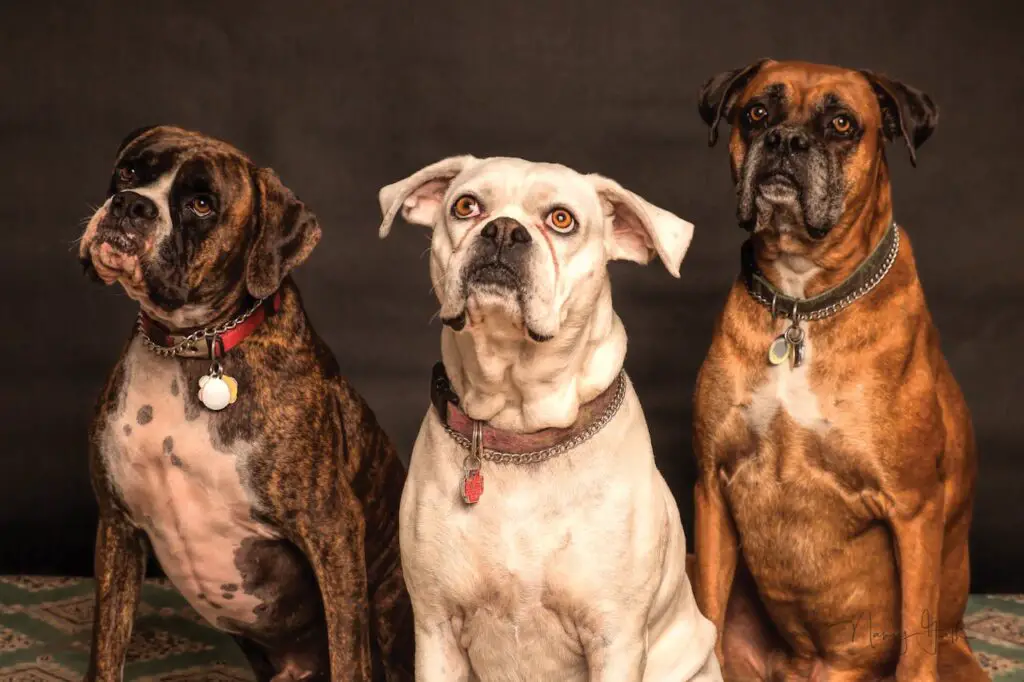
Dogs are the most diverse species on the planet, with over 400 recognized breeds ranging from tiny Chihuahuas to massive Great Danes. This genetic diversity is a direct result of human intervention. By selectively breeding dogs for specific traits, humans have shaped them into the wide variety of companions we see today.
But here’s the kicker: while we’ve influenced dog genetics, dogs have also influenced ours. Scientists have found evidence that living with dogs can affect human genes related to the immune system. Research published in Frontiers in Veterinary Science indicates that exposure to dogs may lead to beneficial changes in human immune responses, suggesting a symbiotic relationship that goes deeper than anyone could have imagined.
8. Wolves vs. Dogs: The Behavioral Shift
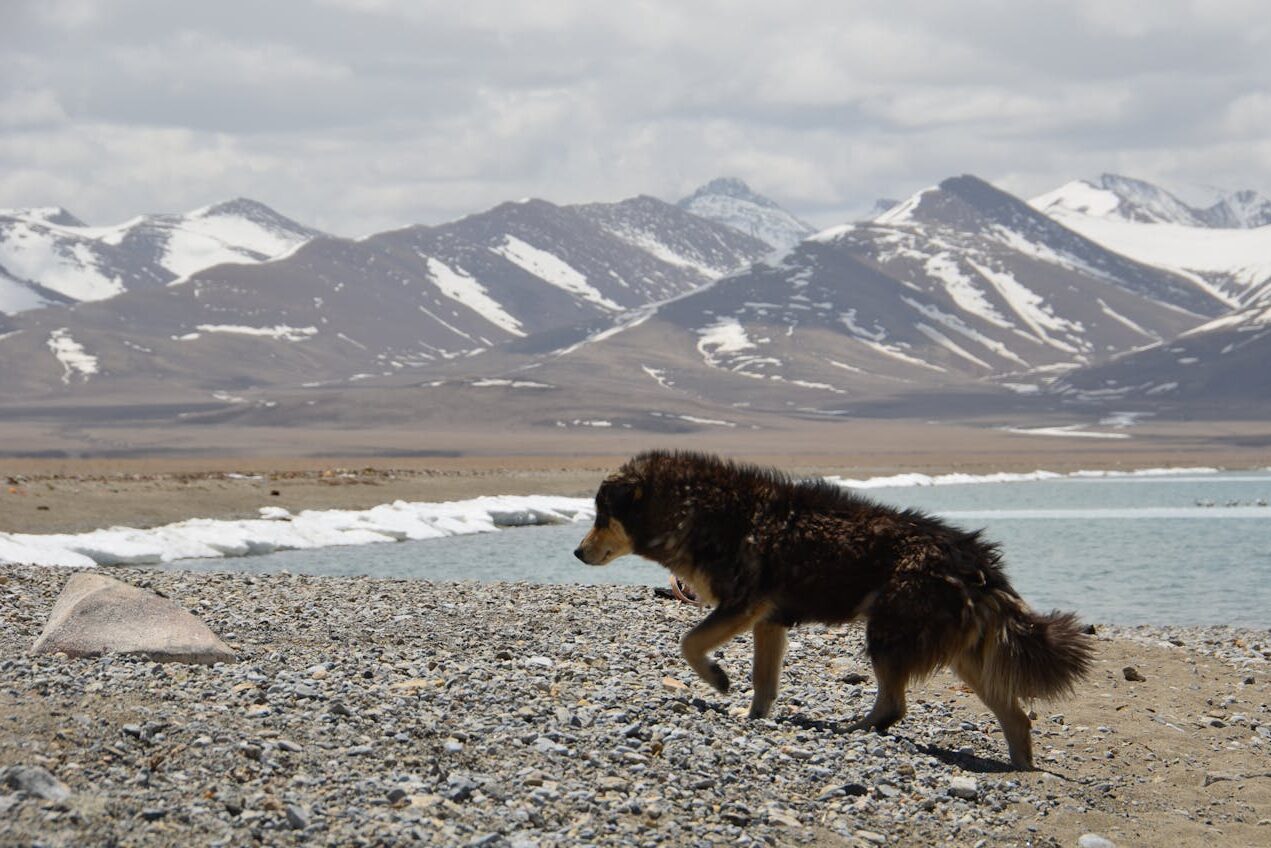
One of the key differences between wolves and dogs is their behavior toward humans. Wolves are naturally wary of people, while dogs are incredibly social and eager to please. This behavioral shift didn’t happen overnight—it took thousands of years of co-evolution.
Interestingly, studies have shown that even today, some dogs retain wolf-like traits, while others are more people-focused. This variation suggests that domestication is an ongoing process, with dogs continuing to adapt to human lifestyles. Wikipedia Research suggests that dogs may have been domesticated in various locations, including Europe, Asia, and the Middle East. A literature review from 2021 infers that domestication began in Siberia around 26,000 to 19,700 years ago by Ancient North Eurasians, with subsequent dispersal across Eurasia and into the Americas.
9. The Mystery of the First Dog
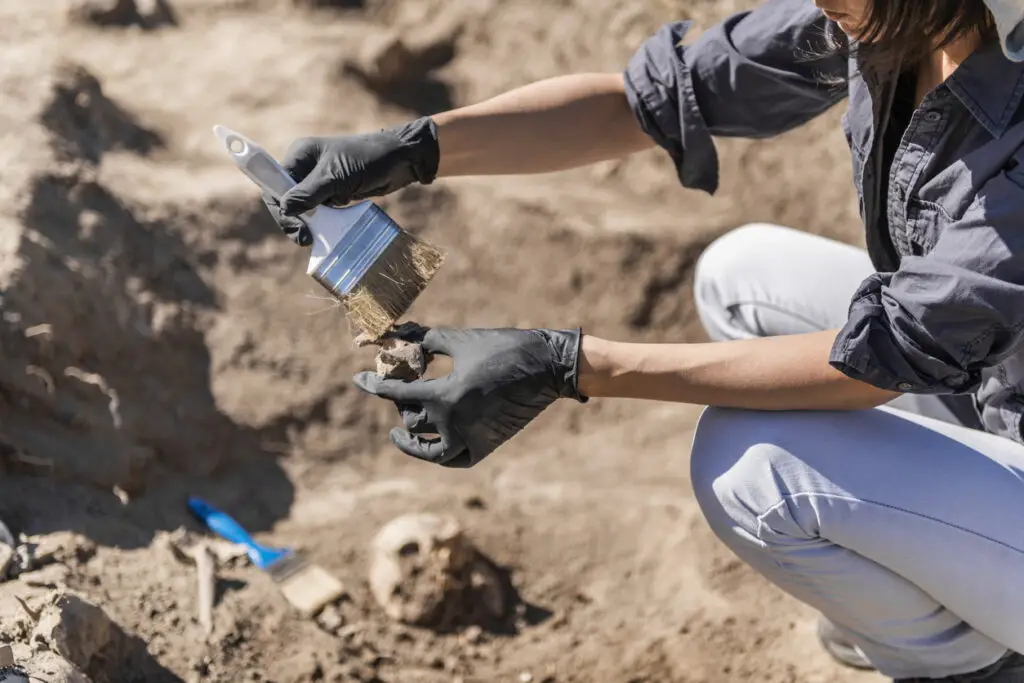
Despite all the research, one question remains unanswered: where and when did the first domesticated dog appear? Some scientists believe it happened in Europe, while others point to Asia or the Middle East. Fossil evidence is sparse, and genetic studies have yielded conflicting results. According to a literature review published in PubMed Central, there is evidence suggesting that dog domestication may have occurred in multiple locations, including Europe and East Asia. Genetic studies indicate that ancient dog populations diverged from wolves between 20,000 and 40,000 years ago, with some researchers proposing that domestication began in Southern East Asia around 33,000 years ago
What we do know is that the process likely happened multiple times in different regions. Wherever it began, the bond between humans and dogs quickly spread across the globe, becoming one of the most enduring partnerships in history.
10. From Partner to Family
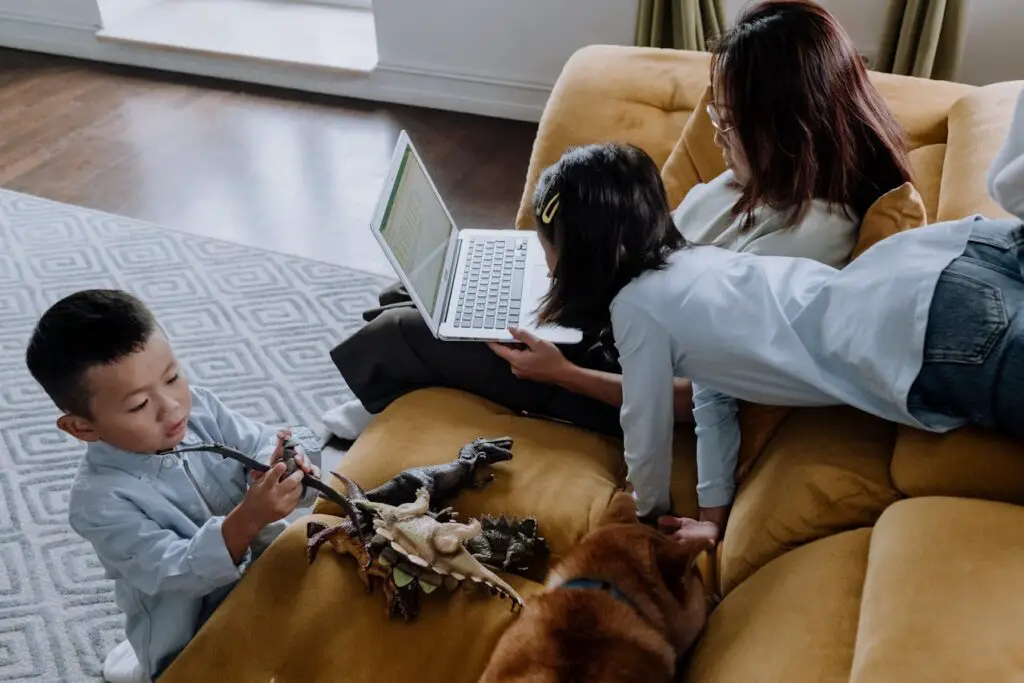
Over time, the role of dogs in human society has shifted. What started as a practical partnership evolved into something much deeper. Today, dogs are more than hunting companions or security guards—they’re family members, emotional support animals, and even social media stars. The truth about how dogs became our best friends might not be what we expected; it reflects a testament to the power of connection, adaptability, and love. As noted by NPR, this deep-rooted relationship has allowed dogs to evolve alongside humans in ways that no other animal has, solidifying their place in our hearts and homes.
This transformation speaks to the unique bond we share with dogs. They’re not just pets; they’re our confidants, protectors, and sources of endless joy. The truth about how dogs became our best friends might not be what we expected, but it’s a testament to the power of connection, adaptability, and love.
11. The Rise of Pet Memorials

As pets become an integral part of the family, their loss—or their transition to a new guardian—sparks creative ways to honor their memory or celebrate their resilience. Pet memorials have grown in popularity, ranging from traditional gravestones to custom art pieces and even dedicated social media tributes. Some owners prepare ahead of time, arranging for memorial portraits or paw print keepsakes that hold sentimental value. For others, the process of creating a memorial becomes a healing way to cope with the pet’s transition or their own grief.
In some cases, memorials extend to larger celebrations, such as community fundraisers or adoption drives inspired by the pet’s story. These heartfelt efforts not only honor the pet’s life but also raise awareness about the importance of planning for a pet’s future. While unconventional, these tributes highlight the evolving ways people celebrate the profound bond between humans and animals.
12. Strained Relationships Over Pet Ownership
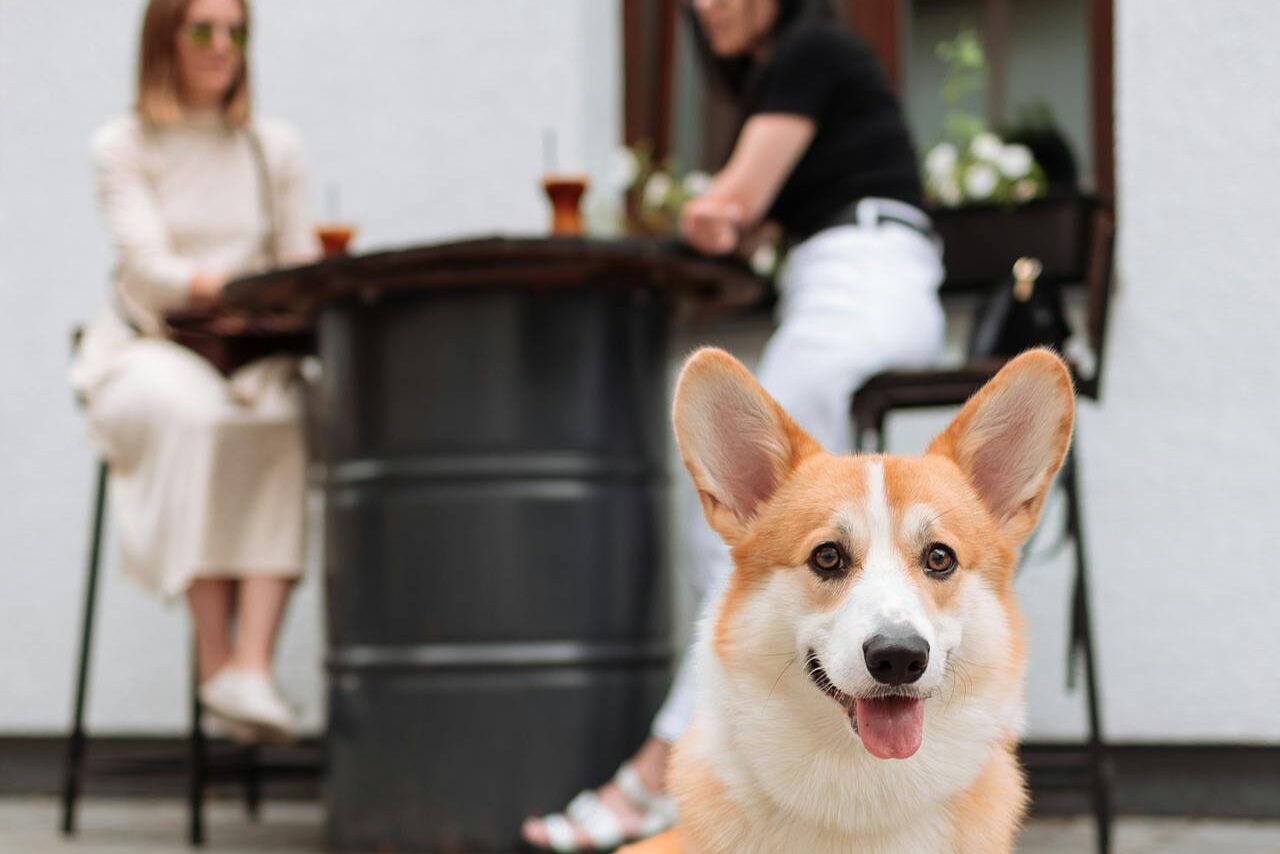
A surprising consequence of a pet outliving its owner is the strain it can place on relationships between surviving family and friends. Deciding who takes custody of the pet can stir up long-buried tensions, especially if multiple people want to adopt the animal—or if no one does. According to the North Shore Animal League, unless there is a will or trust that specifies who should take care of the pet, next of kin typically have rights to the animal, which can lead to disputes among family members. Sibling rivalries or conflicting lifestyles can complicate the decision, leading to friction within families.
In extreme cases, disagreements escalate into estrangement or legal battles. A pet that was once a symbol of love and companionship can inadvertently cause discord. These struggles underscore the importance of discussing and documenting pet care plans in advance to avoid unnecessary conflicts after an owner’s passing.
13. A Shift in the Pet’s Behavior
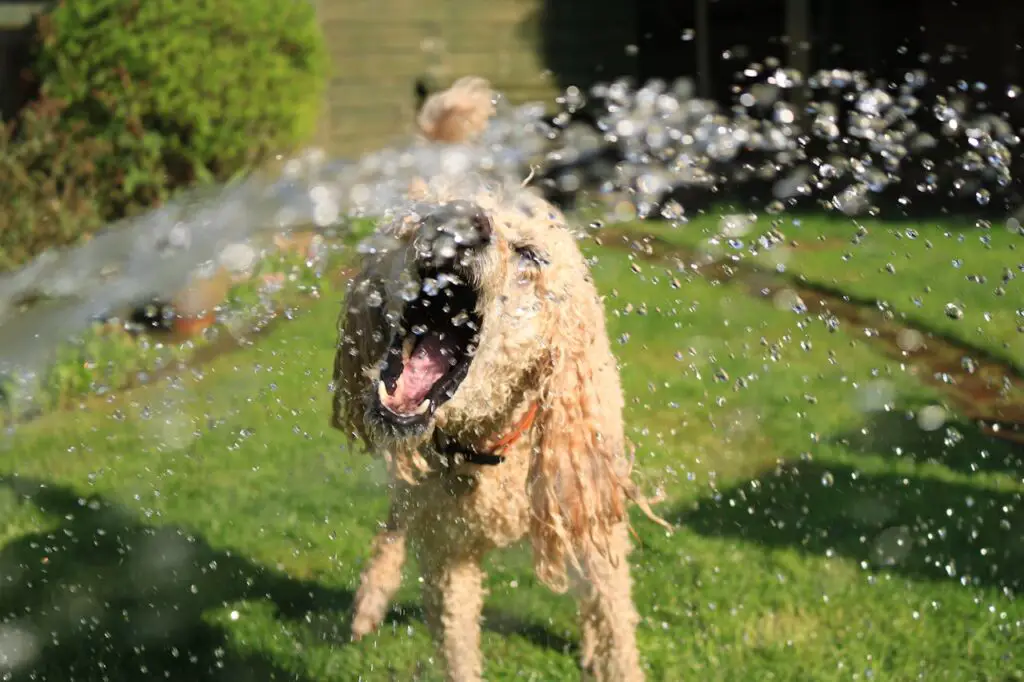
A pet outliving its owner can lead to unexpected changes in its behavior. Without their primary caregiver, some animals become withdrawn, anxious, or even aggressive. Dogs might bark excessively or act out, while cats may hide for days or refuse to eat. These behavioral shifts are often a result of confusion and grief, as the animal struggles to adjust to their new reality.
Caretakers and adopters often need patience and expertise to help the pet through this transition. Behavioral therapy or professional training can be helpful tools for managing these changes. With time, love, and understanding, many pets overcome their initial distress and learn to thrive in their new environment.


